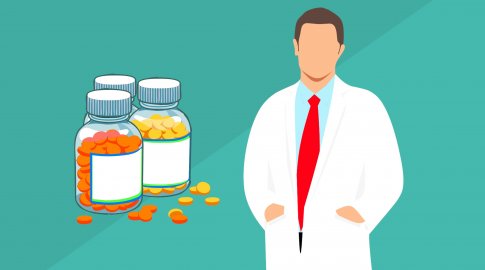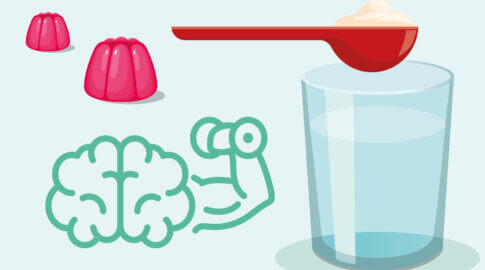Does medication always make you feel better?
Although PH therapies often do a great job of slowing disease progression, you can’t always ‘feel’ the benefits – as consultant pharmacist Neil Hamilton explains…
I wonder how many of you made New Years’ resolutions, and more impressively, stuck to them? For many people, the start of the year is a time for a fresh start, not least with their own health. Parties and get-togethers with families and friends over Christmas are great fun but often result in putting on a few pounds! There are many ways to work these off and many will try healthy diets; maybe something ethical such as reducing meat intake might appeal, or some people try cutting down on alcohol.

Whilst an intense gym class might not be possible for those with PH, everyone is encouraged to do some more exercise at a level suited to their abilities. I know how many people have benefitted from the advice of Sheffield’s in-house PH physiotherapist, Carol Keen, to understand the best ways for them to get fitter and feel better.
This got me thinking about the medicines that we prescribe, and how patients would usually expect that their medicines would always make them feel better. Huge progress has been made in research in the UK and across the world to search for a cure to PH. Despite this, unless you can have an operation for Chronic Thromboembolic Pulmonary Hypertension (CTEPH), unfortunately none of the current medical treatments are curative.
The past 20 years have seen a wide range of treatments aimed at reducing symptoms of breathlessness and increasing exercise capacity approved, but no medical cure as yet.
The most recent medicine to be approved by NHS England in 2018 for prescription, selexipag, is approved for a slightly different situation. The evidence supporting prescription of selexipag is of preventing deterioration without necessarily an obvious clinical improvement. Some may feel better with selexipag, but this is not by any means guaranteed. This may be hard for some to understand, especially as the increasing doses mean that adverse side effects are common.
Taking a tablet with long-term benefits that may not make you feel better is not a new idea. Those of you familiar with statins will know that these lower cholesterol levels in the blood. This is not something that anyone can actually ‘feel’ but will reap huge health benefits for people at risk of heart attacks and stroke, for example those with high blood pressure or diabetes.
Taking a tablet with long-term benefits that may not make you feel better is not a new idea
Essential hypertension (high blood pressure) itself is a condition that people would rarely feel themselves, but left untreated can be catastrophic. Huge numbers of the population are treated with medicines to lower their blood pressure (BP). These should always be given alongside lifestyle advice to help patients make better choices to help lower the blood pressure.
Honestly though, without the BP check at the clinic, nobody can know or feel if their blood pressure is raised, or being lowered by the medicines.
Selexipag for PH can only be used in patients who are already prescribed two oral treatments; sildenafil or tadalafil, plus one of bosentan, ambrisentan or macitentan. This means that patients are receiving a treatment which acts on all three different pathways in the body.
We have a growing number of patients prescribed selexipag and I can see from our experience to date that side effects are common. For this reason, everyone goes home with medicines to help counter these adverse effects. However, the regular calls from the PH centre, maybe weekly until the best dose has been found, provide considerable support and reassurance.
Selexipag will not suit everyone, but offers an alternative option in a growing range of treatments available for PH. It may help patients remain ‘stable’ for longer and in turn avoid more complex options such as the nebulised or intravenous infusions.
If you are on two oral treatments already, you could ask about whether you would be suitable for selexipag next time you come to clinic. It may be a good option and help prevent you getting worse…just don’t expect it to make you feel a lot better in the process!
















